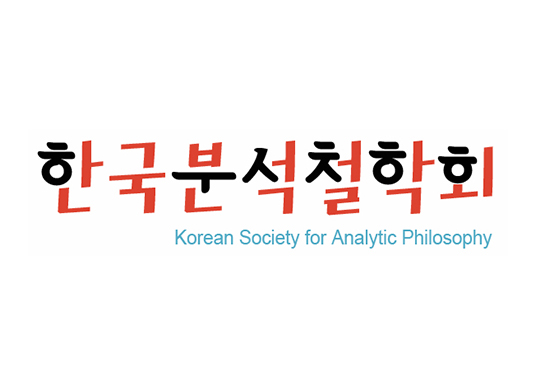‘우리’의 진리조건적 의미와 비진리조건적 의미
The truth-conditional meaning and non-truth-conditional meaning of ‘우리’
최성호
경희대학교
철학적 분석
2024, vol., no.52, pp. 1-38 (38 pages)
한국분석철학회
초록
본 논문에서 필자는 먼저 『표준국어대사전』을 따라 ‘우리’의 세 가지 용법을 구분할 것이다. 다음으로 데이빗 카플란(David Kaplan)의 형식 의미론을 도입하고 그에 근거하여 ‘우리’의 세 가지 용법에서 그것이 갖는 진리조건적 의미를 포착할 것이다. 그 과정에서 ‘우리’의 의미가 그것의 일부 용법에서 진리조건적 의미에 의하여 완벽하게 포착되지 않는다는 것이 드러날 것이다. 이에 필자는 비진리조건적 의미 개념을 도입하고, ‘우리’의 일부 용법에서 보여지는 비진리조건적 의미를 규명하려고 시도할 것이다. 그 결과 ‘우리 손홍민 선수’에서와 같이 ‘우리’가 고유명사와 결합하는 경우 ‘우리’는 아무런 진리조건적 의미를 갖지 않고 오직 비진리조건적 의미만을 갖는다는 것이 밝혀질 것이다. 다음으로 ‘우리’가 일반명사와 결합하는 경우를 고려할 터인데, 그런 경우 중 일부에서 ‘우리’는 진리조건적 의미와 비진리조건적 의미를 동시에 갖는다는 것이 밝혀질 것이다. 마지막으로 필자는 비진리조건적 의미 개념과 프레게의 색채 개념 사이의 유사성에 주목하며 비진리조건적 의미 개념에 대한 좀 더 깊이 있는 이해를 얻기 위하여 노력할 것이다.
In this paper, I will first distinguish three different types of usages of ‘우리’ by relying on 『표준국어대사전』. And then I will introduce David Kaplan’s formal semantics which is expected to help us identify the truth-conditional meaning of ‘우리’ in each of its three usages. In so doing, we will realize that in some examples in which ‘우리’ occurs, its meaning can’t be wholly captured by its truth-conditional meaning. With this in the background, I will introduce the concept of non-truth-conditional meaning and inquire into the non-truth-conditional meaning of ‘우리’ in some examples in which it occurs. As a result of this inquiry, it will come to light that when ‘우리’ is combined with a proper name like ‘손홍민 선수’, it has no truth-conditional meaning but only a non-truth-conditional meaning. Meanwhile, in some cases where ‘우리’ is combined with common noun, it has a truth-conditional meaning as well as a non-truth-conditional meaning. Finally, I will bring into focus the similarity between the notion of non-truth-conditional meaning and Frege’s notion of colour. We will be able to enhance our understanding of non-truth-conditional meaning by substantiating this similarity.

